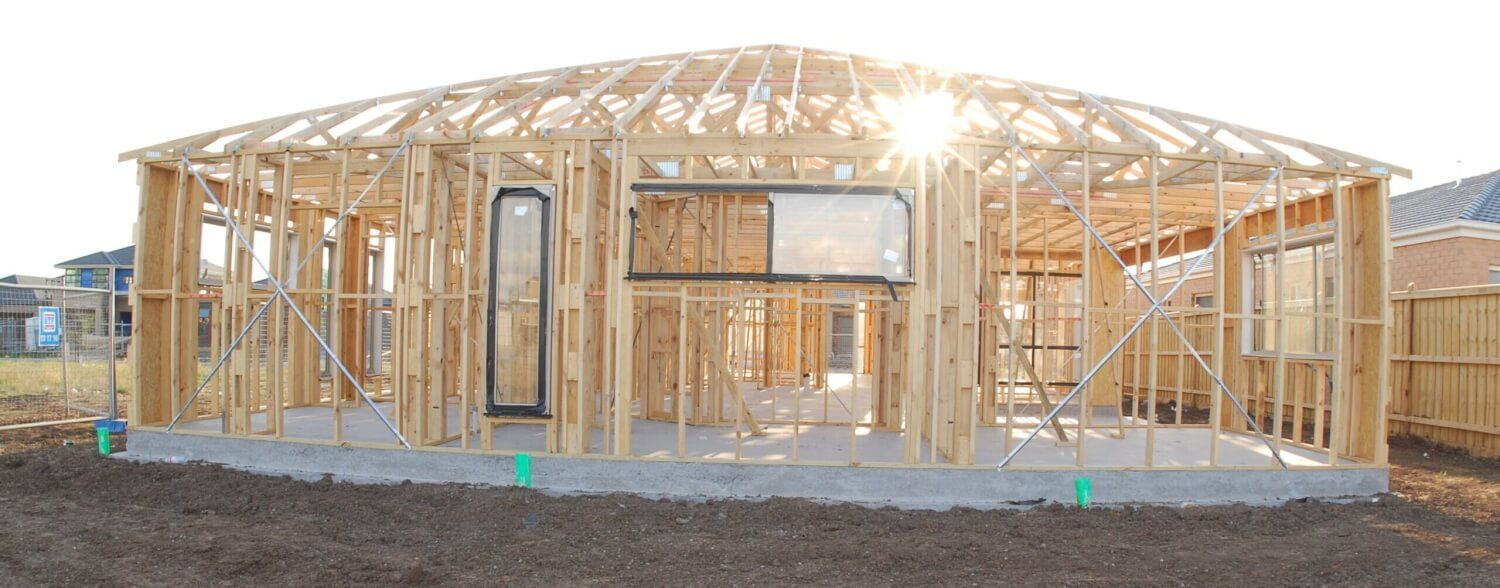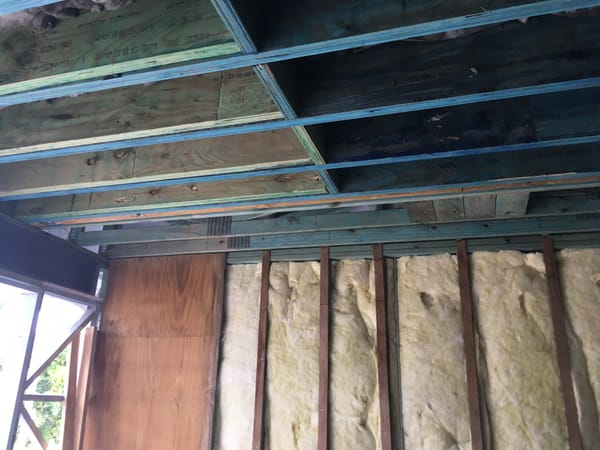As structural pine timber is not naturally durable, it can be attacked by fungi, insects, and weathering in service. Adding preservative chemicals to timber can increase its durability where additional protection is needed. This product is referred to as Treated Pine Timber.
Pine Timber Treatment
Treating wood with a chemical solution gives it a long-term resistance to decay, insects, and other deteriorating factors, making it a viable option for building, construction, and engineering.
As a result, treated timber is suitable for a wide range of applications, including pergolas, decks, cladding, retaining walls, posts, and poles.
Pine Timber treated to H3 will last a lot longer in a dry climate than in a constantly humid one, depending on the level of treatment, the level of exposure, and the conditions of use.
Fungicides and insecticides are used in several treatment processes.
Today, Australia uses two main types of preservatives:
Water-borne preservatives such as CCA, ACQ, and CuAz that permeate the wood.
Wood is treated with light organic solvent-borne preservatives (LOSPs) mixed with a light organic solvent, such as white spirit.
There are six main levels of treatment and a few sub-levels.
What is the safety of treated pine timber?
It is often the CCA treated pine timber that is questioned due to its use of copper, chromium, and especially arsenic, which is poisonous.
Fungi cannot grow on copper.
Termites and pests are repellent to arsenic.
The chromium binds the chemicals to the timber.
The combination of ingredients is strictly regulated by Australian standards to ensure the safety of the product. There is little evidence that treated pine timber leeches arsenic into soil.
Concerns arise when CCA treated pine is used where children may come into contact with the timber, such as in children's play equipment, outside seating, decking, garden furniture, picnic tables, and handrails.
In July 2012, the timber industry and the APVMA agreed to ban the use of CCA treated timber in these applications. Alternative options include LOSP treatments, ACQ treatments, and CuAz treatments.
Woodworkers should also use the same precautions when cutting treated wood as they do with untreated timber, such as dust masks, eye protection, and good hygiene. Our Treated Pine page has more information about CCA and LOSP Treated Pine.
Finishes for treated pine timber
All timber changes in appearance when exposed to the weather unless it is protected with some type of outdoor finish. Paints and exterior wood stains are suitable exterior finishes for pine.
There are two types of exterior paints: oil based and water based, and both are effective on treated pine, but water based has the advantage of having a shorter re-coat time. Treatment pine's visual life depends on the owner's expectations and on the level of maintenance conducted.
Most general internal and external construction applications can be met with these products, including:
- A pergola
- Subframes for timber decking
- Fences and gates







